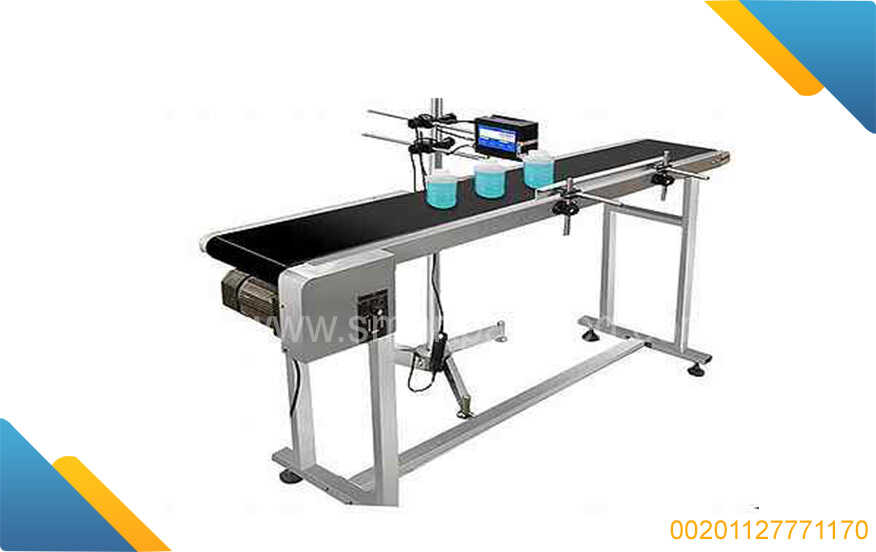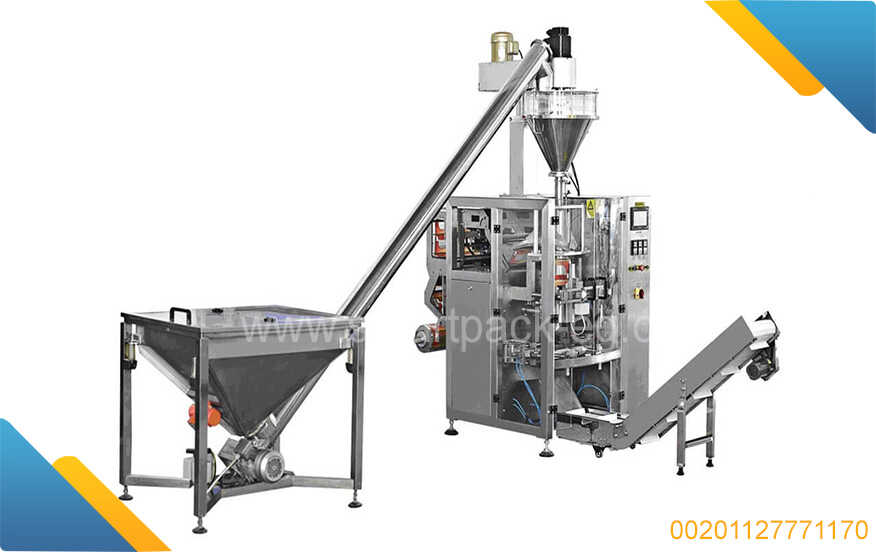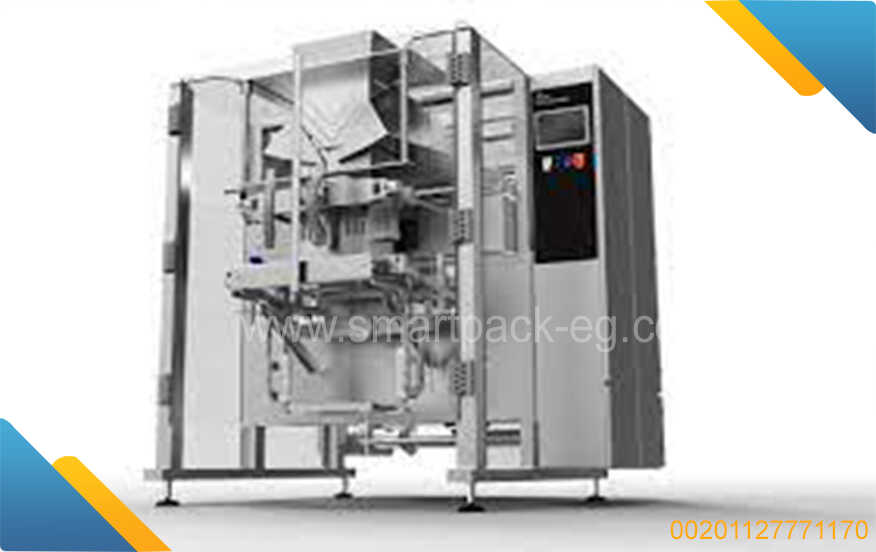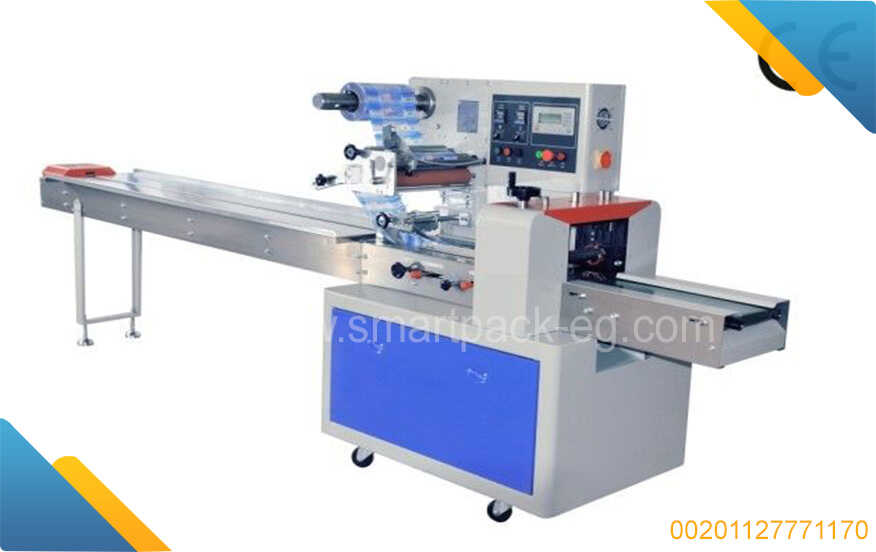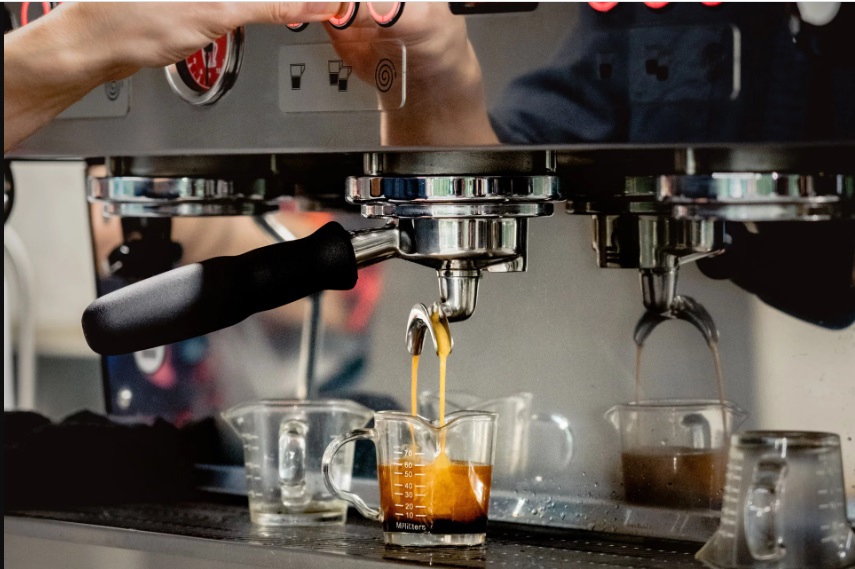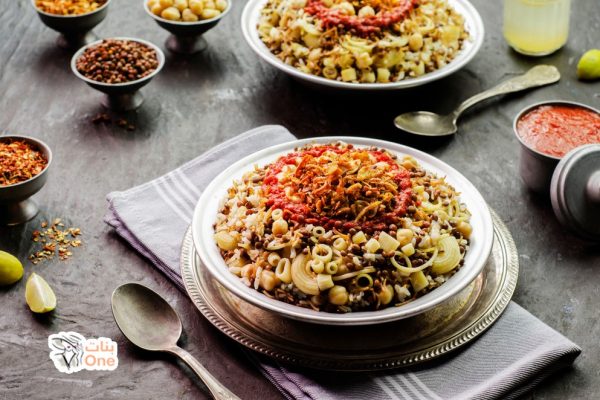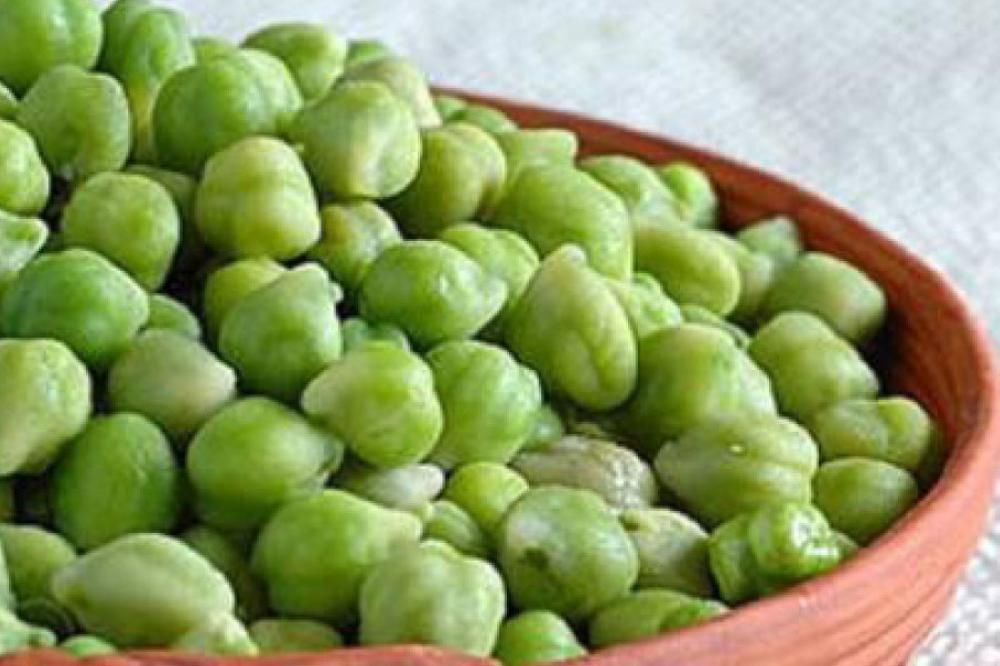Title: A Comprehensive Guide to Flour Mills, Factories, Storage, and Packaging in Arab Countries
Introduction:
In the Arab countries, the production and distribution of flour play a vital role in meeting the region's increasing demand for quality products. Flour mills, factories, storage facilities, and packaging processes are crucial components of this industry. This guide aims to provide an overview of the major steps involved in the production and packaging of flour in the Arab countries.
I. Flour Mills:
Flour mills are key establishments where grains are transformed into flour. Below are the essential steps involved in the milling process:
-
Grain Cleaning:
- Remove any impurities or foreign materials from the grain.
- Utilize screening, aspiration, and magnetic separation techniques.
-
Grain Conditioning:
- Adjust grain moisture content to optimize the milling process.
- Control conditions such as temperature and humidity to ensure quality.
-
Grinding and Sifting:
- Mill the conditioned grains into flour.
- Utilize roller mills or stone mills to achieve the desired fineness.
- Sort the resulting product through sifting to remove larger particles.
II. Factories:
As flour is produced in mills, factories play a crucial role by adding value to the product. Here are some key aspects of flour factories:
-
Quality Control:
- Implement robust quality control measures throughout the production process.
- Regularly test samples for moisture content, protein levels, ash content, and other parameters.
- Adhere to international quality standards to ensure consistently high-quality products.
-
Flour Fortification:
- Enhance nutritional value by fortifying flour with essential minerals and vitamins.
- Address specific nutritional needs within each country or region.
III. Storage Facilities:
Proper storage of flour is paramount to maintaining its quality and freshness. Consider the following guidelines for optimal storage:
-
Temperature and Humidity Control:
- Store flour in temperature-controlled environments to prevent spoilage.
- Maintain humidity levels between 50-60% to prevent clumping and mold growth.
-
Protection from Pests:
- Implement measures to protect stored flour from insect infestation.
- Regularly inspect storage facilities for signs of pests and promptly address any issues.
IV. Packaging:
Packaging plays a critical role in preserving the quality and ensuring the longevity of flour. Here are key considerations for flour packaging:
-
Packaging Materials:
- Utilize food-grade packaging materials that comply with international standards.
- Choose materials that provide adequate protection against moisture, air, and light.
-
Labeling and Information:
- Clearly label packages with relevant information, including product name, weight, nutritional information, and expiration date.
- Comply with national regulations regarding food labeling requirements.
Conclusion:
The production and packaging of flour in Arab countries involve a series of critical processes, from milling the grains to storing and packaging the final product. By understanding these steps and implementing best practices, flour manufacturers can ensure the production of high-quality flour that meets the region's demands while maintaining food safety standards.

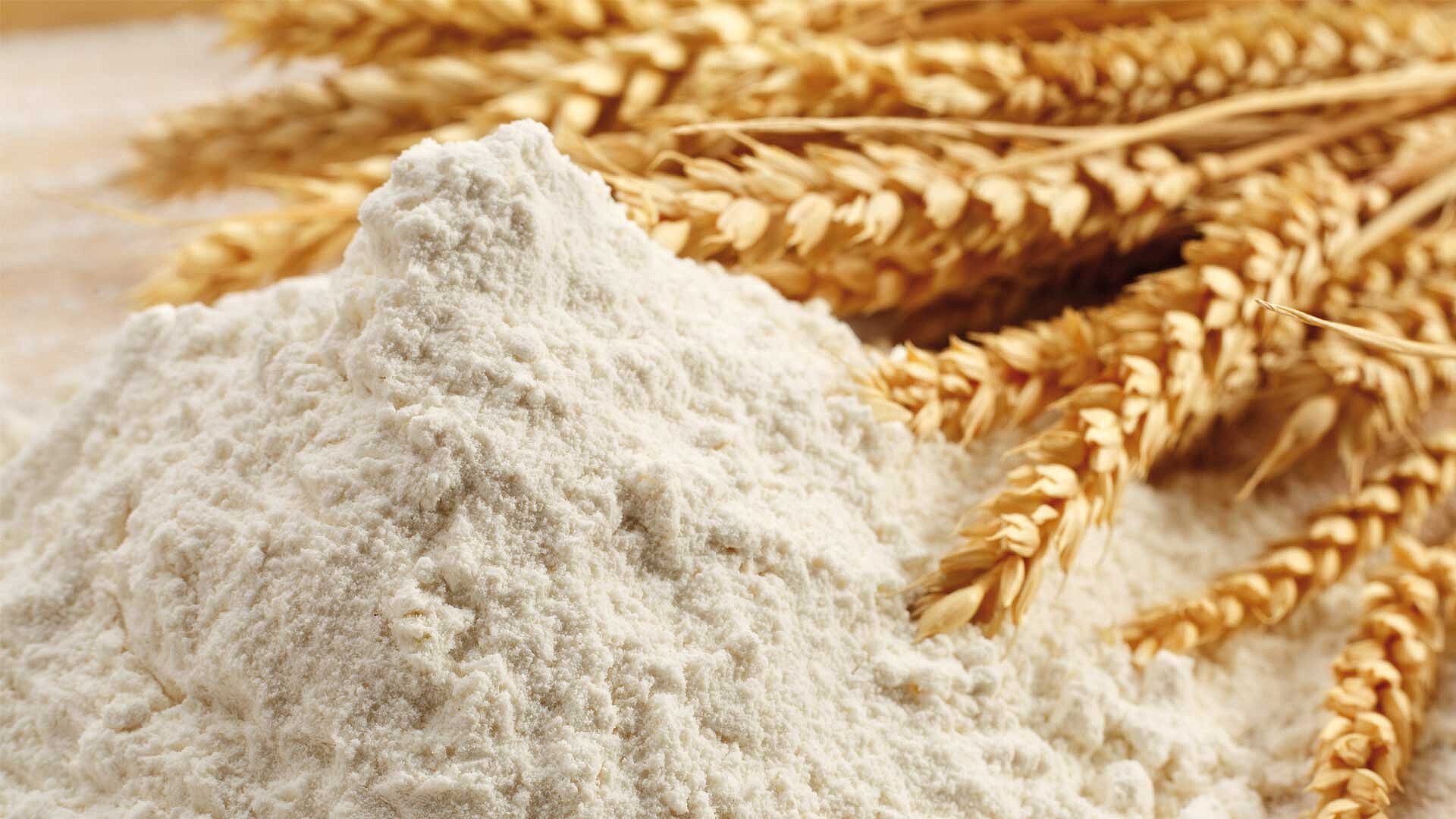
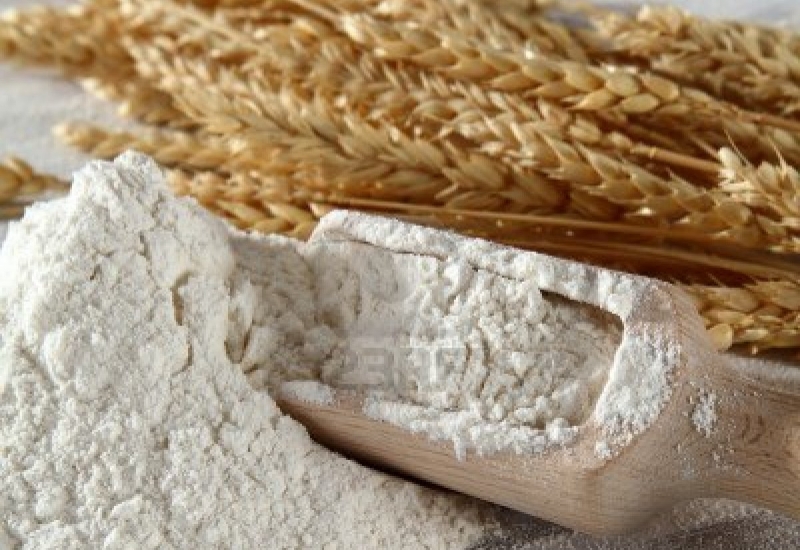
 Admin
Admin 